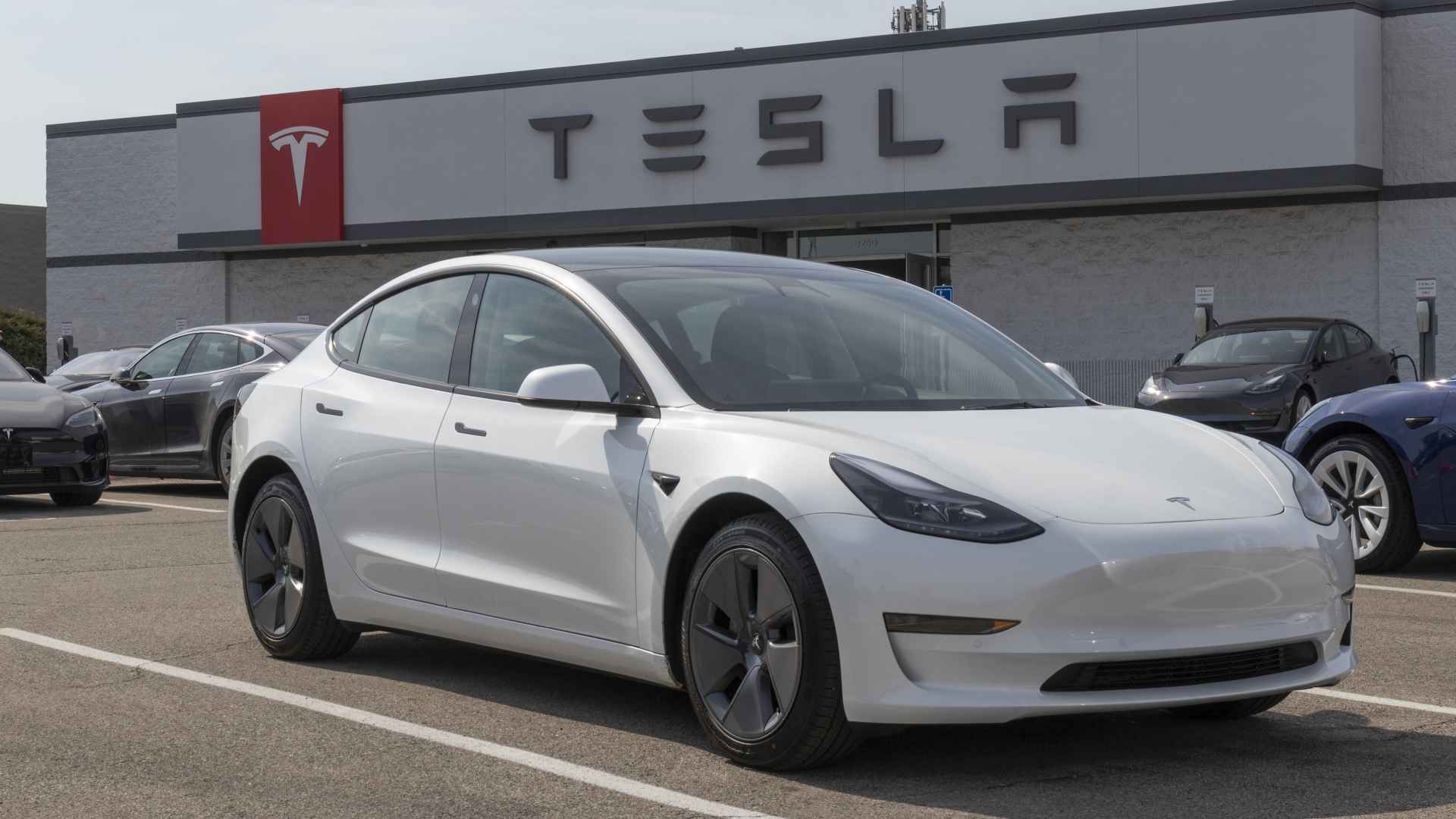
If you’ve been considering an electric vehicle or plug-in hybrid recently, now might be your best chance of getting a good deal. The One Big Beautiful Bill, recently signed into law, includes a clause that ends current federal clean-vehicle tax credits. These changes will go into effect on Sept. 30, 2025, with any vehicle delivered after that date no longer eligible.
Find Out: Here’s What It Costs To Charge a Tesla Monthly vs. Using Gas for a Nissan Altima
Read Next: How Much Money Is Needed To Be Considered Middle Class in Your State?
This means that shoppers who move quickly right now can still claim up to $7,500 on a new battery??’electric, plug??’in hybrid or fuel??’cell car, and up to $4,000 on a qualifying used EV. Here’s what you need to do.
Confirm Your Income Qualifies
The purchase credit disappears once modified adjusted gross income tops $300,000 for joint filers, $225,000 for heads of household or $150,000 for single filers. You may use either the year you take delivery or the prior year, so check both returns.
Learn More: I Bought a Hybrid Car: Here’s How Much I Save on Gas Every Month
Pick a Vehicle on the Approved List
Only plug-in vehicles count, so standard or “mild” hybrids do not. Final assembly must occur in North America, and the sticker price may not exceed $80,000 for trucks, vans, and SUVs, or $55,000 for cars. If the car meets guidelines for both battery components and critical minerals, the credit is worth $7,500. If it only meets guidelines for one of the two, the credit will be $3,750.
The FuelEconomy.gov website keeps an updated list of approved vehicles. As of late July, it shows the following models can still unlock the full $7,500 purchase credit, provided the specific trim stays under the price caps and passes battery-sourcing tests. Always ask the dealer to run the VIN through the IRS portal before you sign.
- Acura: ZDX (2024??’25)
- Cadillac: Lyriq (2024??’26) Optiq (2025??’26) Vistiq (2026)
- Chevrolet: Blazer EV and Equinox EV (2024??’26) Silverado EV (2025??’26)
- Chrysler: Pacifica Plug??’in Hybrid (2024??’25)
- Ford: F??’150 Lightning Flash, Lariat and XLT trims (2023??’25)
- Genesis: Electrified GV70 (2026)
- GMC: Sierra EV (2026)
- Honda: Prologue (2024??’25)
- Hyundai: Ioniq 5 (2025) Ioniq 9 (2026)
- Jeep: Wagoneer S (2025)
- Kia: EV6 (2025) EV9 (2026)
- Tesla:
- Cybertruck Single, Dual and Long??’Range (2025)
- Model 3 Long??’Range AWD, Long??’Range RWD and Performance (2025)
- Model X AWD (2025)
- Model Y Long??’Range AWD and Long??’Range RWD (2025??’26) Model Y Performance (2025)
Not every trim or option package on these nameplates qualifies. Confirm MSRP, battery content and your modified adjusted gross income before counting on the credit.
Exploit the Lease Loophole While It Lasts
Leased EVs are classified as commercial vehicles, so lessors can still capture the $7,500 credit even when a model fails the consumer tests. Dealers may convert that subsidy into lower monthly payments for you, the lessee. If your income is too high or your preferred car flunks battery rules, a lease locked in today, before Sept. 30, may be the cheapest route to electric driving.
Time the Delivery, Not Just the Order
The IRS awards the credit only for vehicles delivered to you with a time-of-sale report filed through its Energy Credits Online portal. Order delays, shipping backups, or last-minute dealer swaps can push delivery into October and erase the benefit. Insist on a dated, written delivery promise, or buy a vehicle you can take home from the dealership immediately.
More From GOBankingRates
- 7 McDonald's Toys Worth Way More Today
- 4 Companies as Much as Tripling Prices Due To Tariffs
- 6 Popular SUVs That Aren't Worth the Cost -- and 6 Affordable Alternatives
- I'm a Retired Boomer: 6 Bills I Canceled This Year That Were a Waste of Money
This article originally appeared on GOBankingRates.com: Buying an EV or Hybrid? How To Maximize Tax Credits Before They Expire







